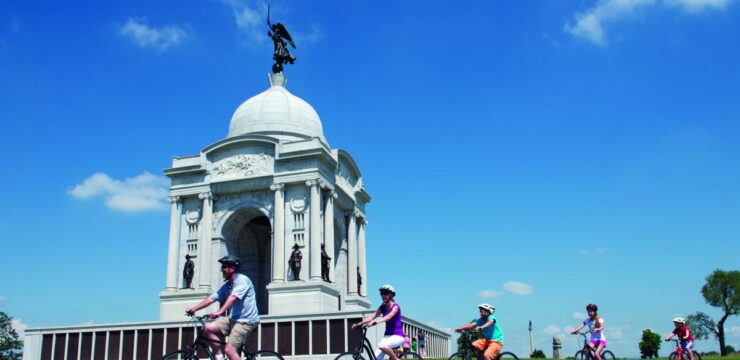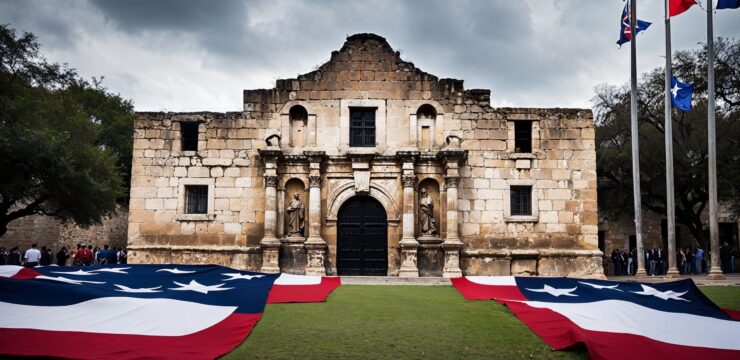Yellowstone National Park, the first national park in the world, is a breathtaking expanse of natural beauty that spans Wyoming, Montana, and Idaho. Established in 1872, the park covers over 2.2 million acres and is home to a diverse array of wildlife, geothermal features, and stunning landscapes that attract millions of visitors each year.
Geothermal Wonders
One of the most iconic aspects of Yellowstone is its geothermal activity. The park boasts more than 10,000 geothermal features, including geysers, hot springs, mud pots, and fumaroles. The most famous of these is Old Faithful, a geyser known for its predictable eruptions approximately every 90 minutes. Another must-see is Grand Prismatic Spring, the largest hot spring in the United States, renowned for its vivid rainbow-like colors caused by heat-loving bacteria.
Breathtaking Landscapes
Yellowstone’s landscapes are as varied as they are stunning. The Yellowstone Caldera, a massive volcanic crater, defines much of the park’s geography. Visitors can marvel at the Grand Canyon of the Yellowstone, a dramatic gorge with cascading waterfalls and striking rock formations. The park is also home to pristine lakes, vast forests, and open meadows, offering endless opportunities for exploration.
Abundant Wildlife
Wildlife enthusiasts flock to Yellowstone for its impressive array of animals. The park is one of the few places in the U.S. where visitors can see grizzly bears, black bears, gray wolves, and bison roaming in their natural habitat. Herds of elk, moose, and pronghorn antelope are commonly seen, while keen-eyed birdwatchers can spot eagles, ospreys, and trumpeter swans.
Outdoor Activities
Yellowstone offers an abundance of recreational activities for visitors of all ages. Hiking, camping, fishing, and wildlife watching are among the most popular pastimes. During winter, the park transforms into a snowy wonderland, perfect for cross-country skiing, snowshoeing, and guided snowmobile tours.
Conservation and Preservation
As one of the most ecologically significant areas in North America, Yellowstone is carefully protected. The park’s geothermal features, wildlife, and ecosystems are maintained through strict conservation efforts. Visitors are encouraged to follow Leave No Trace principles to preserve Yellowstone’s beauty for future generations.
Planning Your Visit
The best time to visit Yellowstone depends on personal preferences. Summer (June to August) offers warm weather and accessible roads but also brings crowds. Spring and fall provide fewer visitors and unique wildlife viewing opportunities. Winter showcases a tranquil, snow-covered landscape with limited but extraordinary access to the park.
No matter when you visit, Yellowstone National Park promises an unforgettable experience filled with natural wonders, adventure, and awe-inspiring beauty.

